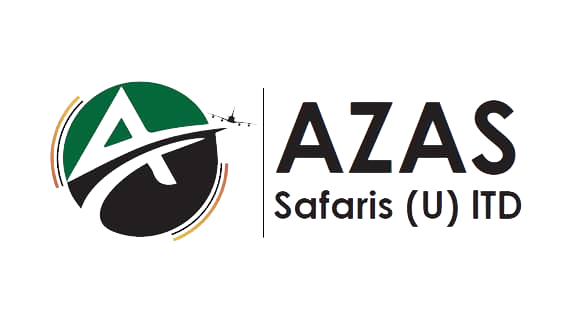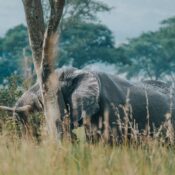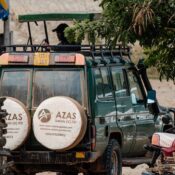The African Great Lakes
The African Great Lakes
The African great lakes consist of seven lakes that span countries in East, South and Central Africa. These lakes are lake Victoria, Tanganyika, Malawi, Turkana, Albert, Kivu and Edward in order of size. Put together, the lakes span ten countries which are the Democratic Republic of Congo, Burundi, Ethiopia, Kenya,Malawi, Mozambique, Rwanda, Tanzania, Uganda and Zambia. The total surface area covered by these lakes is approximately 138,447 km2. The total volume of water contained in these lakes is approximately 25% of the worlds unfrozen freshwater.
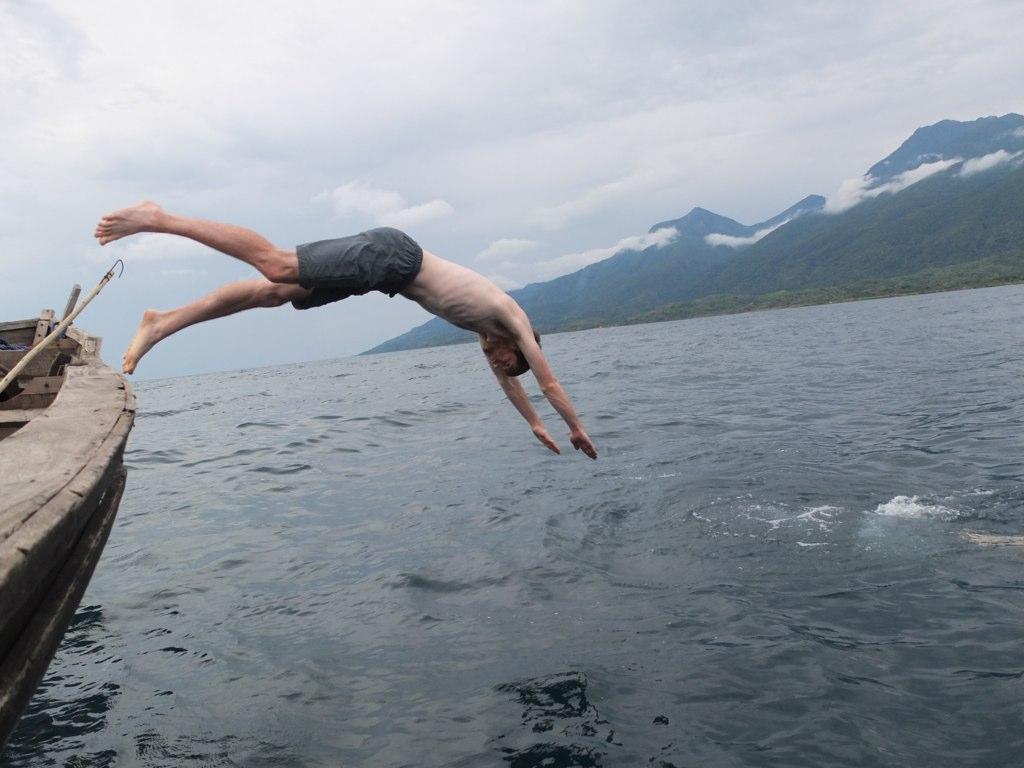
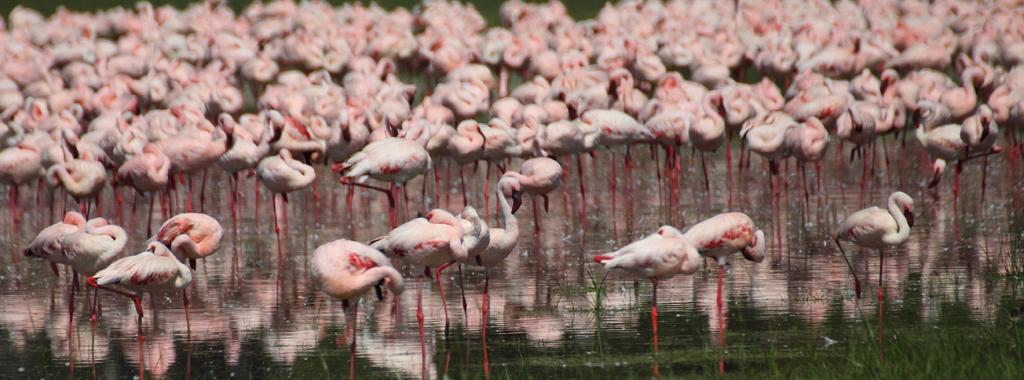
The great lakes provide support for local and migratory bird species
Threats
The lakes face a multitude of threats that can damage the fragile great lakes ecosystems and harm the unique species and populations dependent on it. The following are some of the key threats
- Oil drilling for example, in Lake Albert, can result in pollution of the affected lakes if not carefully managed
- High population density and growth rates leading to increased pressure on land and water resources resulting in sedimentation, pollution(from domestic waste and agricultural inputs) and eutrophication
- Declining fish stocks due overfishing as a result of lack of alternative livelihood activities, and lack of enforcement of existing laws that control fishing activities
- Invasive weeds such as the water hyacinth and Pistia
- Introduction of invasive fish species such as the Nile perch (Lates niloticus) in Lake Victoria has led to loss of native species
- Climate change which may lead to adverse events such as lower water levels
- High incidences of diseases such as HIV/AIDS and Malaria in neighboring communities
CONSERVATION EFFORTS
A diverse set of conservation measures are being undertaken to manage the threats to the ecosystems including:
- Restricting fishing gear and fish sizes
- Piloting of cage fish farming
- Mechanical and biological control of invasive weed species
- Steps to reduce habitat loss, degradation and pollution such as
- planting trees
- Promoting sustainable land use practices
- Conservation education among local populations
CHALLENGES
Efforts to address the the threats to the great lakes ecosystems are being hampered by a number of challenges such as
- Lack of clear policy agreements between the countries bordering the lakes on lake management and
- Limited research agenda setting and weak linkage between research and management institutions
OPPORTUNITIES
In order to improve improve the management of the great lakes ecosystems, opportunities for improvement have to be identified and acted upon. The following are some of the existing opportunities.
- Formation of regional or inter-country institutions to coordinate policies and management of lake resources where these do not exist
- Control/Management of mining and drilling activities to prevent adverse effect on lake resources
- Establishing sustainable funding mechanisms for management of lake resources
- Proper urban planning to reduce impact on lake resources
- Establishing and scaling up alternative livelihood activities to improve adaptive capacity and reduce dependence on vulnerable fisheries resources.
- Promoting community participation in implementation of best practices to manage the lakes and riparian resources
For more information visit
All Categories
Recent Posts
What is the African elephant?
Eastern Uganda
Western Uganda
Tags
Quick booking process
+256 393254072
